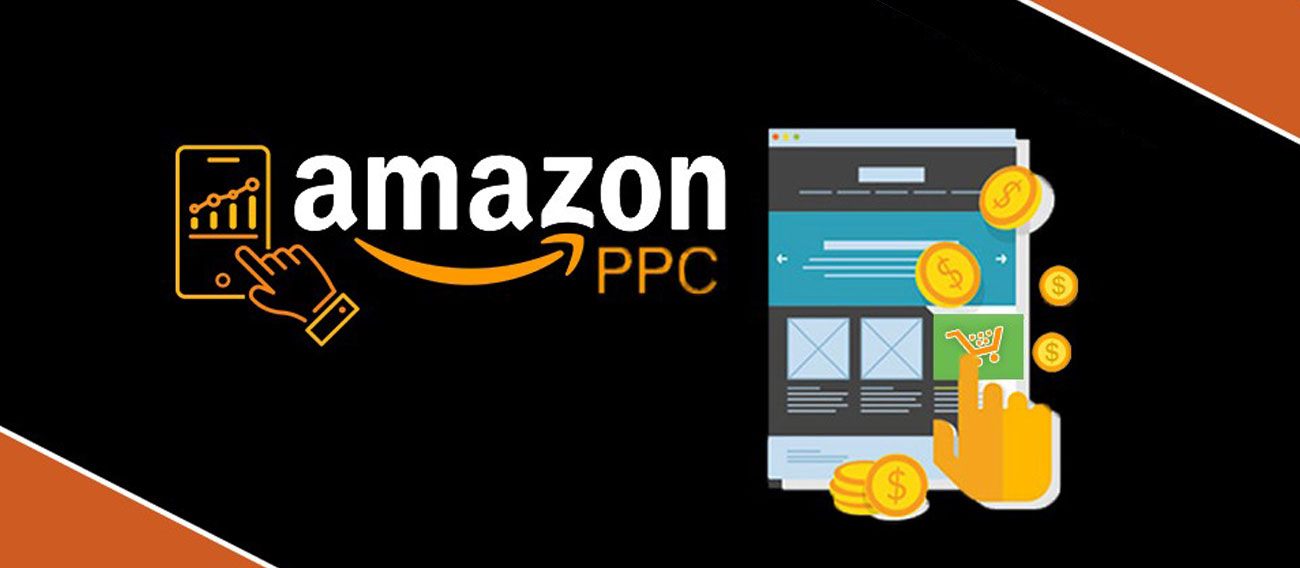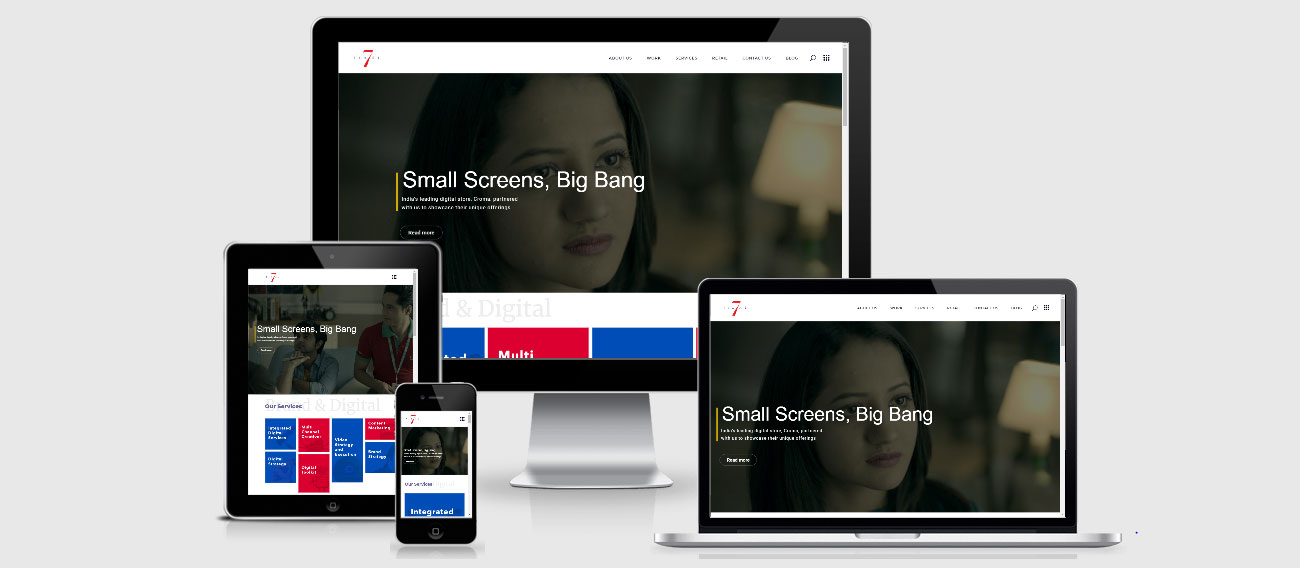
Mobile SEO 2 – Page Load Speed and Mobile Usability
Diving deeper into Mobile SEO!
After covering the major website appearance based optimization that included UI-UX and responsive webpages in MOBILE SEO – PART 1. In this second part of our three part series we will cover how page load speed impacts Mobile SEO and how to optimize it.
Speed & Performance
Page speed is considered to be one of the major factors in SEO. Page load speed plays a larger role in mobile SEO as there is a direct correlation between page load time and bounce rate on mobiles.
This is owing to the fact that a majority of the mobile internet usage outside homes and offices is performed on carrier internet. As we know, the strength of signal and speed of carrier internet will directly affect how much time it will take to load the webpage.
With an increasingly busy lifestyle, users have less patience to wait for the webpage to load, and hence bounce rates increase. This becomes more worrisome when the network is patchy.
This makes it extremely crucial to create a mobile friendly site and optimize it for mobile usage.
Here we have listed 3 tools to help you ace mobile page speed SEO.
1. Google’s Page Speed Insights
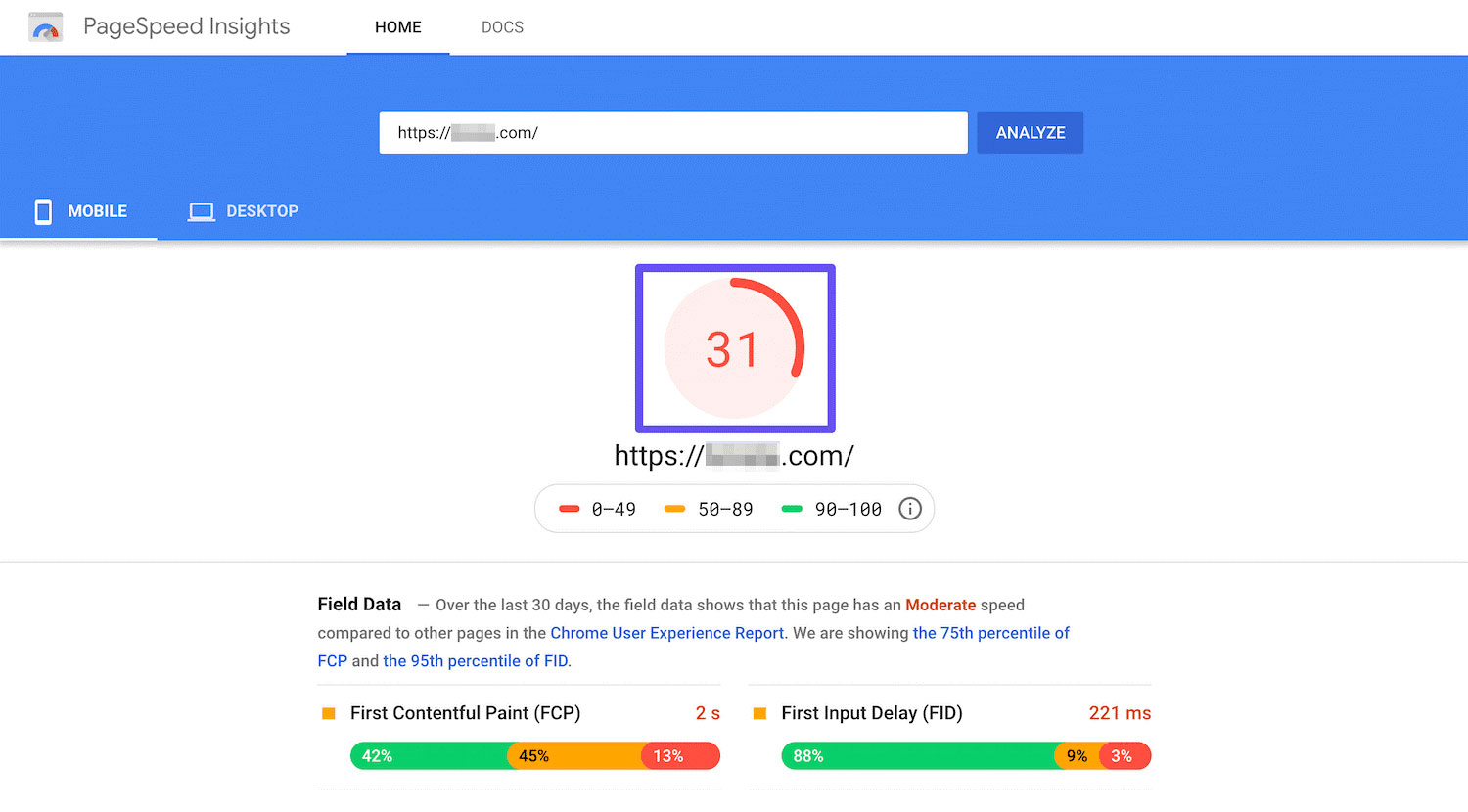
Google Page Speed Insights gives you a detailed report of the connectivity and content loading speed for your website.
The Page Speed Insights tool also provides you with recommendations & suggestions that you can implement to increase your site speed.
Optimize Images
The first task to optimize mobile page load speed is to optimize the images to load your web page faster.
Basic optimization like compressing images, removing metadata (such as the date and time), and experimenting with image quality settings can go a long way.

Optimize Images
The first task to optimize mobile page load speed is to optimize the images to load your web page faster.
Basic optimization like compressing images, removing metadata (such as the date and time), and experimenting with image quality settings can go a long way.
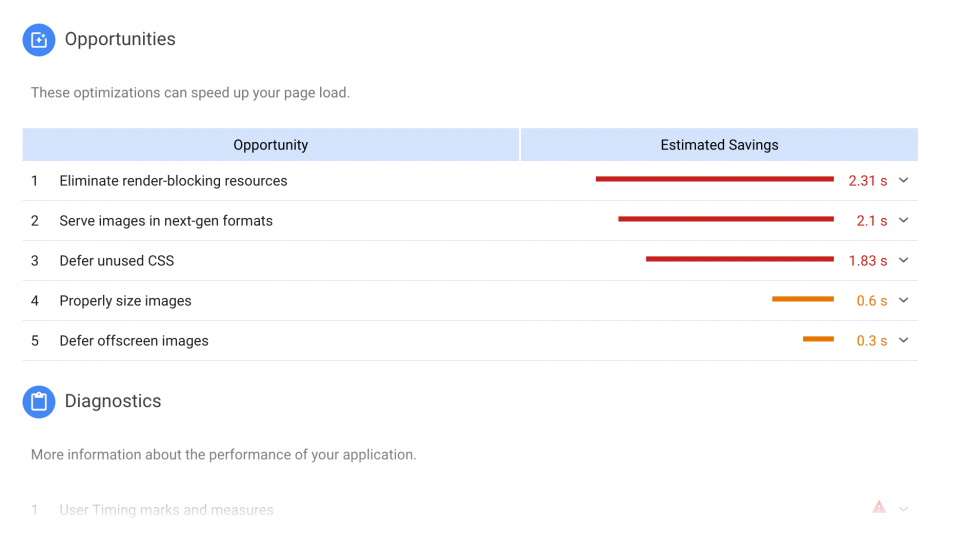
Optimize the Code
Beyond optimizing images, you may have to minify the code, remove unused JavaScript, CSS, and make other changes to the website code and server to optimize your webpages for improving your page load speed.
2. Google’s Test My Site
Another great tool to test your mobile site is test my site from Google
Test my site is another free tool from Google which provides you with details about your mobile loading speed.
Do a mobile speed test at ThinkWithGoogle.com
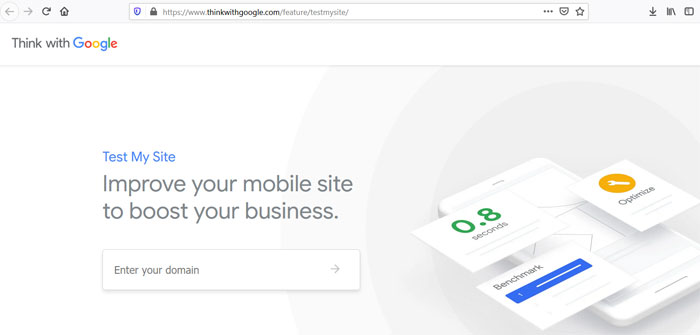
Another great tool to test your mobile site is test my site from Google
Test my site is another free tool from Google which provides you with details about your mobile loading speed.
Do a mobile speed test at ThinkWithGoogle.com
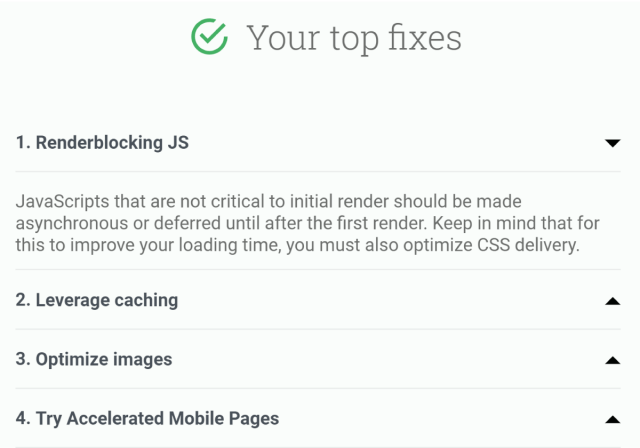
This tool helps you understand how your webpage loads on a slower internet speed.
It recreates a mobile environment helps you understand how long it takes for your site to load on a slower 3G or 4G connection (compared to WiFi) and makes suggestions for improvement.
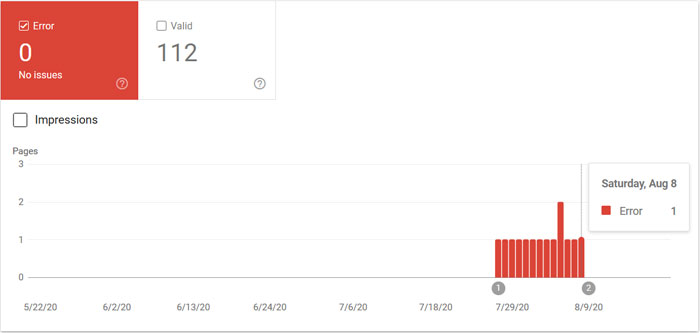
3. Google’s Mobile Usability Test
Google Search Console formerly Google Webmasters is widely used for website SEO. It lets you know if your site has any mobile usability issues.
Google Search Console formerly Google Webmasters is widely used for website SEO. It lets you know if your site has any mobile usability issues.
Also, you can check whether your site is mobile-friendly or not.
To check out your site visit: Google’s Mobile-Friendly Test.
Using these three tools you can pinpoint almost every issue affecting your Mobile load speed and mobile SEO. Get your webpage to pass all these tests and you can be assured Google doesn’t penalize you for bad mobile SEO.
Ideally you should optimize every page for good mobile load speed but it could be a daunting task for fairly large websites.
Our advice, start with your 10 most important webpages and all landing pages and keep building as you go along.
Conclusion: In the second part of our Mobile SEO series, we covered the page load speed and mobile usability.
In the third and last part of this series, we will delve into website performance analytics in order to further improve Mobile SEO.


